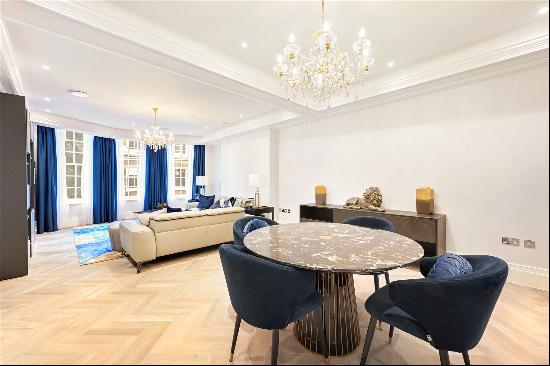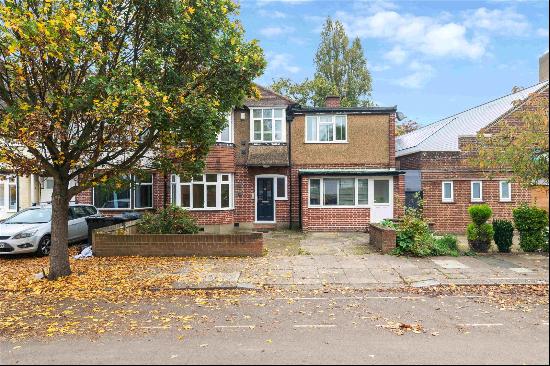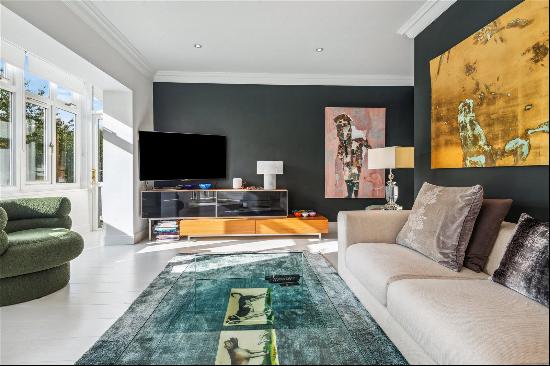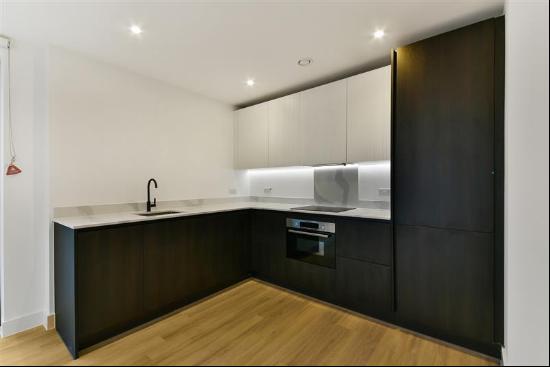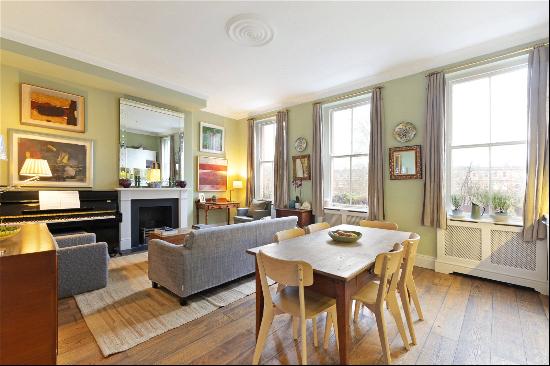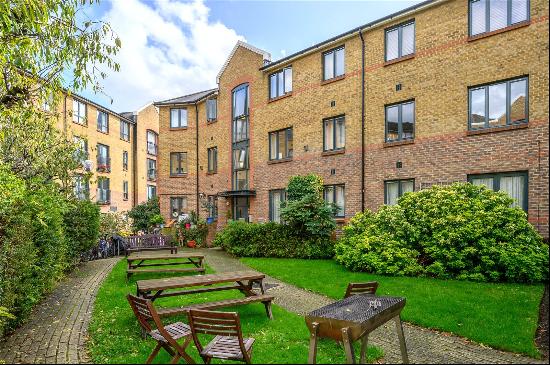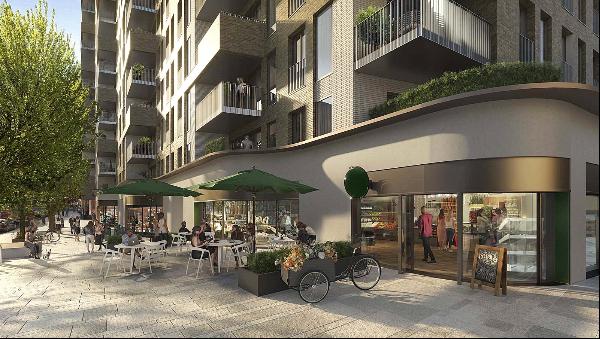
By Adrian Justins
Last week saw the annual unveiling of new gadgets and innovations at CES, the world’s largest technology fest, in Las Vegas. As ever, home tech has had an upgrade. Here, we round up the dominant trends in residential technology and take a look at the latest products designed for cutting edge living.
The new tech could find a home juxtaposed with the exposed brickwork, metal pillars and wooden beams of this one-bedroom converted warehouse in London. On the market for £565,000, the apartment is close to the skyscrapers of the Canary Wharf business district.

Form and function
Research by the German trade body GFU Consumer & Home Electronics found that year-on-year sales of home electronics rose 11.6 per cent in Germany in 2020 and the upwards trend continued last year. Dr Sara Warneke, the organisation’s chief executive, says that after spending more time at home during the pandemic “consumers have developed a greater need to surround themselves with lovely and pleasant things”.
Televisions that look the part as well as play the part cater to this demand. Loewe has announced its We.See sub-brand range of smart televisions, designed to look equally good from all angles (below and main picture, above). The TV is available in 55-inch (€1,699), 50-inch (€1,499) and 43-inch (€1,299) versions with Ultra High Definition resolution. It has an elegant pedestal and an unusual bicolour frame. Audio is provided by a Dolby Atmos 80-Watt soundbar.

Sustainable gadgets
Tech buyers are becoming more concerned about electronic waste and carbon footprints. “Increasing numbers of consumers say they are likely to spend money with companies working to reduce climate change,” says Alex Cho, president of personal systems at Hewlett-Packard.
Danish electronics brand Bang and Olufsen has responded with the Beosound Level wireless speaker (from £1,149), which has received Cradle to Cradle certification, meaning its manufacture meets the Cradle to Cradle Products Innovation Institute’s principles including promoting clean air, saving water and social fairness. The speaker has a modular design that allows batteries to be replaced, fabric and wood covers to be changed and electronic components to be upgraded easily if the streaming technology used becomes outdated. More than half of the plastic used in its construction is recycled. The model can operate as a standalone portable speaker, paired with another or combined with a soundbar to provide immersive Dolby Atmos sound.

Cleverer kitchens
The increased consumer focus on sustainability includes a drive towards “premium appliances that benefit from advanced sensor technology, which can intuitively monitor and adapt programmes, and can offer significant energy savings,” says Tim Buszka, head of brand and digital at Whirlpool.
His company’s W Collection 770mm induction hob (£849) uses sensors to monitor and adjust the temperature according to what is cooking, until the food is ready to serve. Buszka claims the hob can reduce energy consumption by up to 30 per cent compared with a standard Whirlpool induction hob.

Improved communication
“How we show up online is of huge importance,” says HP’s Cho. Three-quarters of people surveyed by the company in 2021 said that they judge someone online based on the quality of their audio and video output. Part of the solution is a more reliable home network, but Cho says “great cameras, mics and speakers are now a must-have”.
Debuted at CES, the Noveto N1 sound-beaming device allows someone sitting at a computer to hear immersive audio, as if they were wearing headphones, yet those nearby are almost unaware of the sound. The N1 pushes algorithm-generated ultrasonic sound waves into the air, which are individually silent but, with the help of a built-in 3D camera and AI-based dynamic ear-tracking algorithms, target the listener. The N1 should hit the shops by April, priced $795.

Even smarter homes
The role of the smart home has evolved since Hive made its first smart thermostat 11 years ago. “Customers don’t just want convenience, they want to save money and be more sustainable,” says Americo Lenza, portfolio director for service and solutions at Hive parent company British Gas. The Hive Mini smart thermostat (below, right), due on sale early this year for £119, will remind you to switch off the heating if you have gone out and left it on. It can also automatically turn the heating on when the temperature dips, preventing frozen pipes. Heating and hot water can be controlled manually or by creating automated schedules via an app. Alexa, Google Assistant and Apple HomeKit compatibility allows for integration with other home automation devices.
Meanwhile Lutron, a pioneer of home automation lighting, has recently launched its RA2 Select smart lighting dimmer (from £600) that can operate any existing lights. Unlike some smart lighting options, it runs off its own wireless hub rather than being part of a home network so is unaffected by WiFi problems. An app allows the creation of specific light settings to suit different occasions — such as watching a film or eating dinner — and for remote control from outside the home. The dimmer switch (below, left) can control multiple bulbs and be integrated with smart home products such as Sonos, Apple, Amazon Alexa and Ring.

Property photography: Savills


